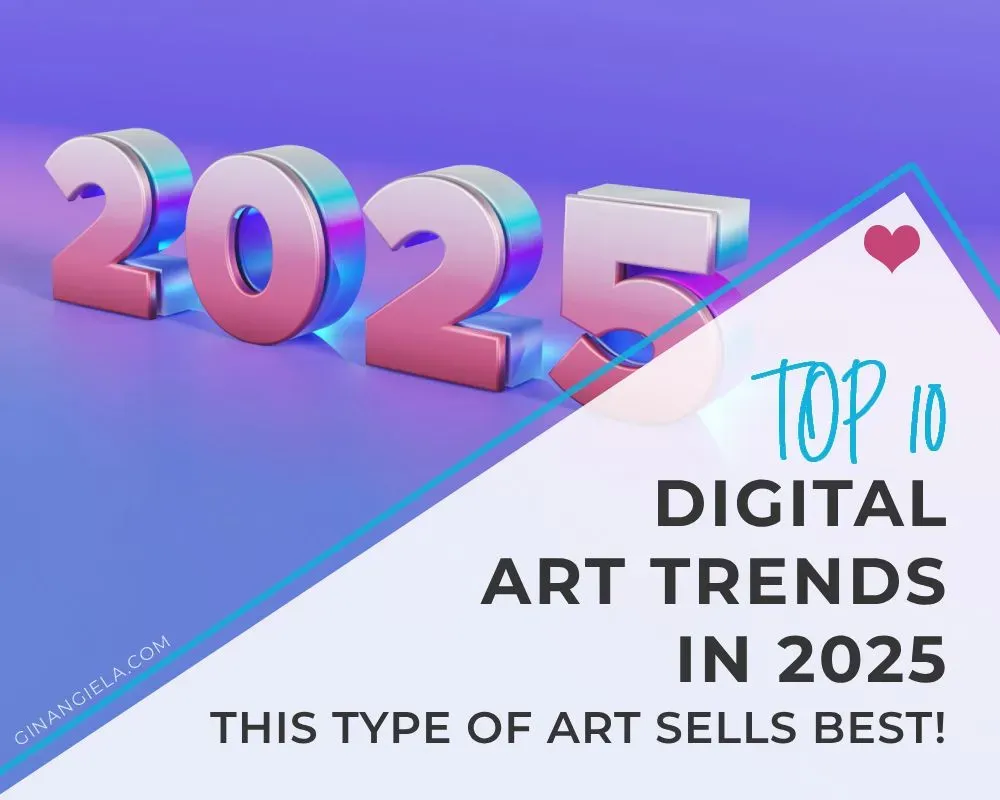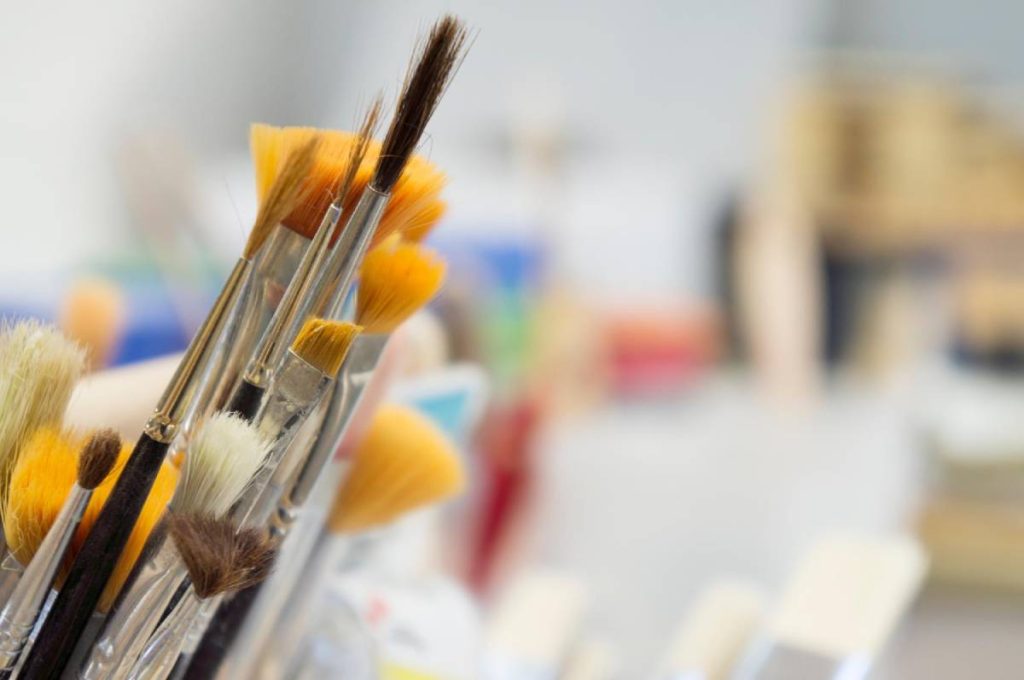Digital Arts Trends are reshaping how artists create, share, and monetize digital work. As technology accelerates, the boundaries between traditional art, digital creations, and immersive experiences powered by VR blur, inviting audiences into new creative spaces. NFTs and blockchain art underpin provenance and new revenue models, enabling programmable royalties and verifiable ownership that art markets increasingly rely on. From metaverse art in shared virtual worlds to hybrid installations, this shift broadens collaboration, access, and audience reach. This overview explains how these forces converge to redefine value for artists, collectors, and brands in a rapidly evolving landscape.
Viewed through the lens of new media and Web3 ecosystems, this movement in art reflects a tokenized economy where ownership is tracked on distributed ledgers and royalties are embedded in smart contracts. In other words, digital art provenance is increasingly tied to cryptographic records, enabling artists to reach global audiences without traditional gatekeepers. This broader articulation—crypto art, Web3 art, and open metaverse exhibitions—highlights how collectors value not just the image but the history, scarcity, and potential utility of works. For creators, the shift invites experimentation with programmable access, augmented reality and virtual exhibitions, and cross-platform storytelling that extends beyond a single gallery or platform.
Digital Arts Trends: NFTs, VR, and Immersive Experiences Shaping the Future of Art
Digital Arts Trends are reshaping the relationship between artists and audiences, with NFTs enabling provable provenance on the blockchain and programmable royalties that reward creators on secondary sales. This shift toward blockchain art makes ownership more transparent and allows artists to monetize across borders through decentralized marketplaces, token standards like ERC-721 and ERC-1155, and smart contracts that automate payments.
VR opens immersive experiences where viewers move from passive observers to active participants, stepping into the art and interacting in real time. These immersive experiences, and the broader metaverse art ecosystems, create new venues for exhibitions, collaborations, and branded engagements, expanding reach while raising questions about sustainability, energy use, and platform choice.
Blockchain Art, Metaverse Platforms, and Creator Royalties: Building a Sustainable Digital Art Economy
Metaverse platforms offer social spaces where art is experienced, discussed, and purchased across shared virtual environments. Metaverse art includes virtual galleries, blockchain-based marketplaces, and cross-platform storytelling that lets collectors and fans follow works through multiple worlds.
Blockchain art and royalties reshape creator control; smart contracts enforce ongoing payments on resale, empowering artists to capture value over time. To build a sustainable digital art economy, creators should consider energy-efficient networks, licensing rights, metadata storage, and balancing accessibility with exclusivity to sustain livelihoods and foster durable communities.
Frequently Asked Questions
What are the core Digital Arts Trends and how do NFTs and VR shape art creation, ownership, and monetization?
Digital Arts Trends describe how technology reshapes how art is made, shared, and earned. NFTs provide provable provenance and programmable royalties on the blockchain, expanding direct-to-collector pathways and new revenue models. VR acts as an immersive portal, turning viewers into participants and enabling experiences that blend physical and digital space. Metaverse art and blockchain-based ecosystems extend reach beyond galleries, but creators should plan for volatility and environmental concerns by choosing energy-efficient platforms and designing works with lasting value and utility.
What practical strategies can artists use to participate in Digital Arts Trends, especially around immersive experiences, metaverse art, and blockchain art?
Focus on authentic integration rather than chasing trends. Align NFTs, VR, or immersive experiences with your core practice; craft a clear narrative and provenance; select platforms with strong communities and sustainable energy use; experiment with hybrid physical–digital presentations; diversify monetization through primary sales, royalties, licensing, and collaborations; and uphold accessibility and ethics to build trust and long-term audience relationships in blockchain art and metaverse ecosystems.
| Key Point | Overview | Impact |
|---|---|---|
| NFTs and Provenance | Blockchain-based ownership and verifiable provenance, enabling new revenue models such as programmable royalties and dynamic NFTs. | Expands markets, increases creator control, and supports sustainable monetization strategies. |
| VR as Immersive Portal | Virtual reality creates three-dimensional, interactive experiences where audiences move from observers to participants. | New narrative forms, experimentation spaces, and monetization through licensing or branded collaborations. |
| Immersive Experiences | Multisensory experiences combining art, sound, interactivity and space to tell layered stories. | Stronger emotional engagement and personal journeys for fans and collectors. |
| Metaverse Art | Virtual galleries, marketplaces, and social hubs enabling cross-platform exhibitions and collaboration. | Global reach, community-building, and cross-world storytelling opportunities. |
| Blockchain Royalties & Creator Control | Smart contracts automate ongoing payments on resale and maintain provenance trails. | Long-term revenue and creator empowerment with transparent incentives. |
| Practical Strategies for Creators | Align experiments with practice, tell clear narratives, select platforms wisely, and explore hybrid presentations and monetization. | Actionable paths to participate effectively in Digital Arts Trends. |
| Case Patterns | Combining NFTs with immersive/VR, metaverse exhibitions, and storytelling-driven provenance. | Predictable engagement growth and evolving ecosystems around works. |
Summary
Digital Arts Trends are reshaping the art landscape by blending technology with creativity, inviting new forms of storytelling and value creation. NFT innovations provide new paths for authorship and revenue, VR offers immersive portals that intensify viewer connection, and immersive experiences broaden the scope of what art can be—spanning physical and virtual contexts. Metaverse art and blockchain-based royalties further enrich the economy for artists and collectors alike, encouraging sustainable, transparent practices. For creators, the challenge is to weave these technologies into authentic, human-centered practices that amplify creative expression rather than overshadow it.



